High house prices relative to average earnings continue to make raising a deposit a significant barrier for first time buyers (FTBs).
With 20% deposit equivalent to 110% average income this is a record high and up from 102% just one year ago.
House prices have risen quicker than earnings over the last year which has resulted in an increase in cost of servicing a mortgage relative to take-home pay, leaving Northern regions & Scotland the most affordable.
House price growth has exceeded earnings growth over the past year and the ratio of house prices to average earnings (HPER) has increased to a record high.
In the third quarter of this year, the UK First Time Buyer (FTB) house price to earnings ratio stood at 5.5, above the previous high of 5.4 in 2007, and well above the long run average of 3.8, commented Andrew Harvey, Senior Economist.
Harvey continued, while there continues to be a significant gap between the least affordable and most affordable regions across the UK, this has remained broadly stable over the last year.
London continues to have the highest house price to earnings ratio at 9.0, although this is still below its record high of 10.2 in 2016.
Scotland continues to have the lowest house price to earnings ratio in the country at 3.4, closely followed by the North region at 3.5.
Looking over the longer term, Northern England and Scotland have historically seen lower HPERs than Southern England, Wales and Northern Ireland.
One of the consequences of high house prices relative to earnings is that it makes raising a deposit a significant challenge for prospective first time buyers.
Indeed at present, a 20% deposit is now equivalent to 110% of the pre-tax income of a typical full-time employee, a record high and up from 102% a year ago.
Nonetheless, there is substantial regional variation.
A significant proportion of first time buyers draw on help from friends and family or an inheritance to help raise a deposit.
In 2019/20, around a third of first time buyers had some help raising a deposit, either in the form of a gift or loan from family or a friend or through inheritance – up from 27% 25 years ago.
Affordability becoming more stretched across all regions despite low mortgage rates
House prices have continued to rise more quickly than earnings in recent quarters, which means affordability is becoming more stretched.
Due to the historically low level of interest rates, the comparative cost of servicing a typical mortgage is still well below the levels recorded in the run up to the financial crisis.
However, even on this measure, affordability is becoming more challenging.
First time buyer mortgage payments (based on an 80% loan-to-value mortgage, at prevailing mortgage rates) are currently slightly above the long run average, at 31% of take-home (net) pay.
The cost of servicing a typical mortgage as a share of take-home pay is now above its long-run average in the majority of UK regions. By contrast, pre-pandemic, this was only the case in one region (London).
Recent price patterns suggest an element of rebalancing is occurring where most of the regions that have seen the strongest price growth are those in which affordability is still close to or below the long-run average.
What impact could rate rises have?
There has been increased speculation that the Bank of England’s Monetary Policy Committee (MPC) will increase interest rates in the coming months.
Clearly, much will depend on the Committee’s assessment of the outlook for growth and inflation, but investors expect Bank Rate to be increased from its current record low of 0.1% around the turn of the year – most likely to 0.25% or 0.5% – and perhaps reaching 1% within 12 months.
Providing the economy does not weaken significantly, the impact of a limited rise in interest rates for existing borrowers is likely to be modest, especially given only 20% of outstanding mortgages are on variable rates.
The vast majority of new mortgages in recent years have been extended on fixed rates, with five-year fixed rate deals becoming increasingly popular, accounting for nearly half of new mortgages.
Despite the sharp rise in swap rates in recent months, mortgage rates have remained close to all-time lows.
But this may not persist and, if rates for new mortgages were to rise, this would exert further pressure on affordability for prospective first time buyers.
We’ve modelled the impact of mortgage rate rises on first time buyer initial mortgage payments, assuming an 80% LTV mortgage over a 25-year term.
A 0.4% increase in rates would increase initial mortgage payments by £34 a month.
This represents a modest rise in mortgage payments relative to take-home pay from the current level of 31% to 32%.
A 0.9% increase in rates would increase initial mortgage payments by £79 a month (from current levels), representing 34% of take-home pay.
Provided the economic recovery remains resilient, higher interest rates are likely to exert a moderating influence on the housing market, as well as dampening price pressures across the economy more generally.
Managing Director of Barrows and Forrester, James Forrester, commented:
“Much has been made about the government’s success of negotiating the pandemic where the property market is concerned. While it’s fair to say the market has never looked stronger, this statement is one based largely on perspective.
If you own a home and have enjoyed a double-digit increase in value over the last year, you’re no doubt over the moon.
However, those struggling to piece together a sufficient deposit are unlikely to share this opinion.
The cold reality is that if you aren’t looking to buy with the financial support of a second wage, support from the Bank of Mum and Dad, or you don’t earn considerably more than the average person in your respective area, the dream of homeownership is one you’re unlikely to realise until much later in life than you might like.”
Director of Benham and Reeves, Marc von Grundherr, commented:
“We’ve seen a respectable level of wage growth in recent years but unfortunately this hasn’t been enough to match the might of the UK housing market.
At the same time, record low interest rates over such a prolonged period of time have been great for those taking their first step on the property ladder with a mortgage, but they’ve been terrible for those attempting to save.
Even in London, where house price growth has been fairly muted in comparison to much of the UK and wages are more robust, the barrier to homeownership is still incredibly high.
Unfortunately, there’s not a great deal that can be done although the cyclical nature of the property market does suggest what goes up, will come down.
So sitting tight and waiting for a correction is probably the best immediate bet open to struggling homebuyers.”



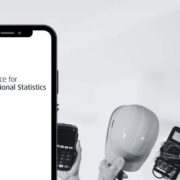
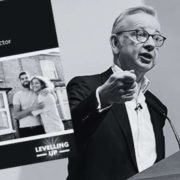



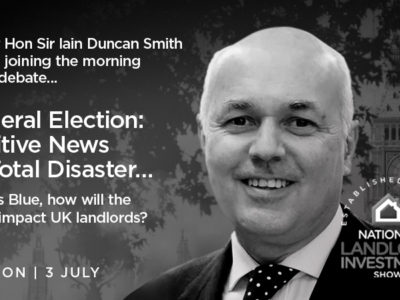



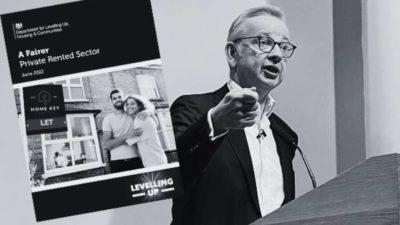


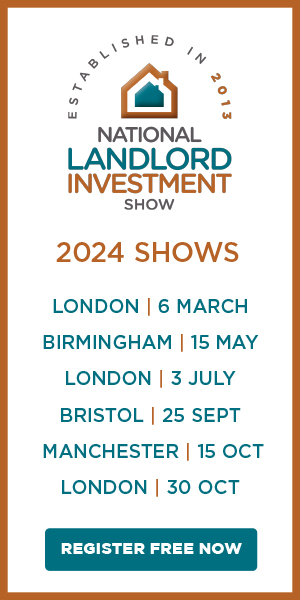




Comments